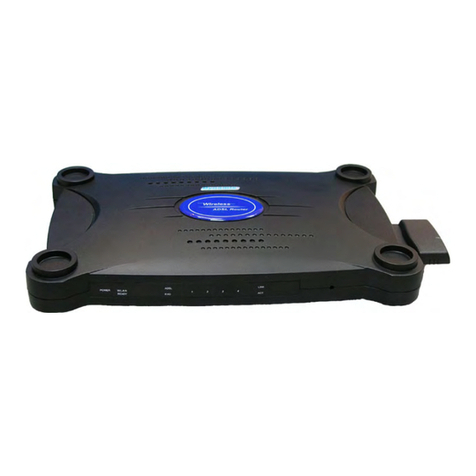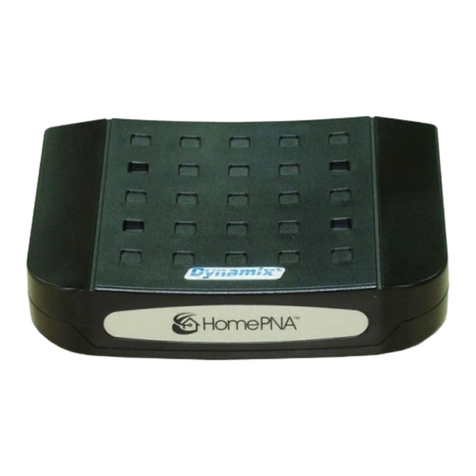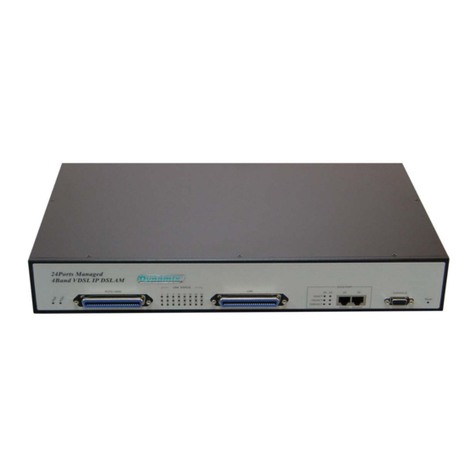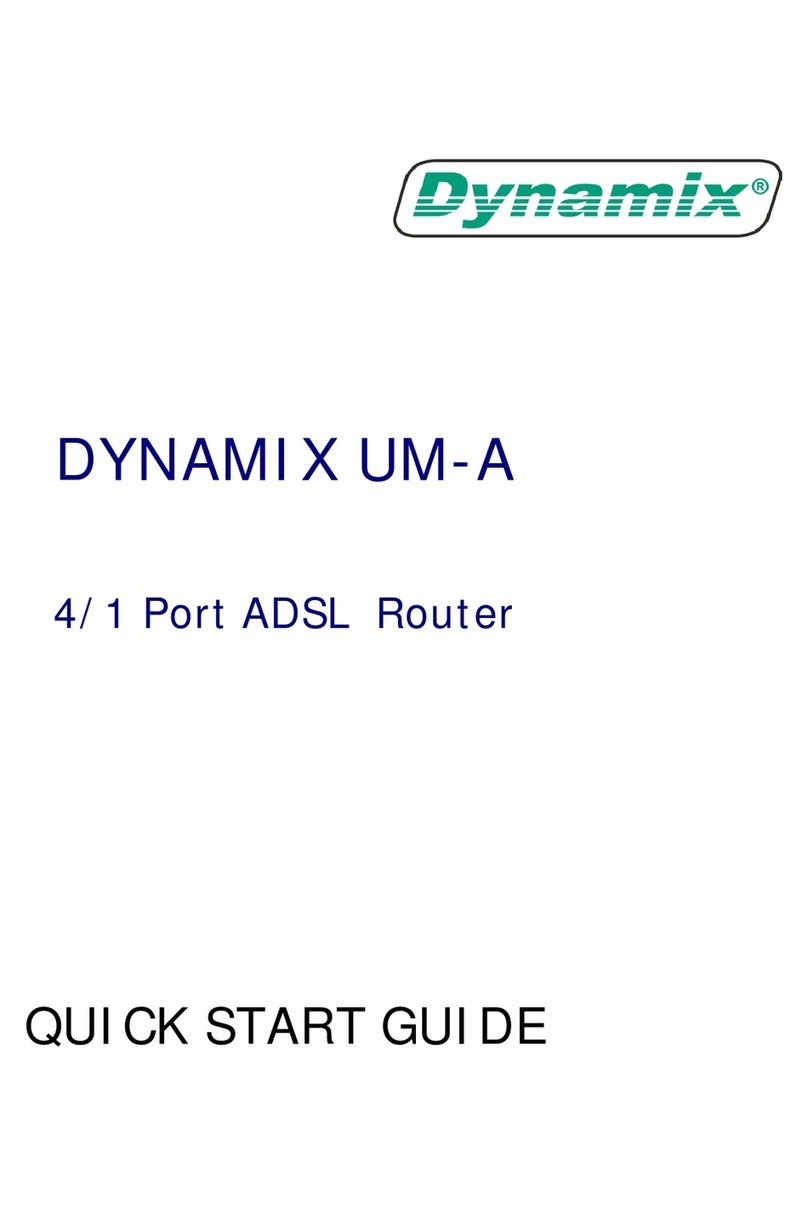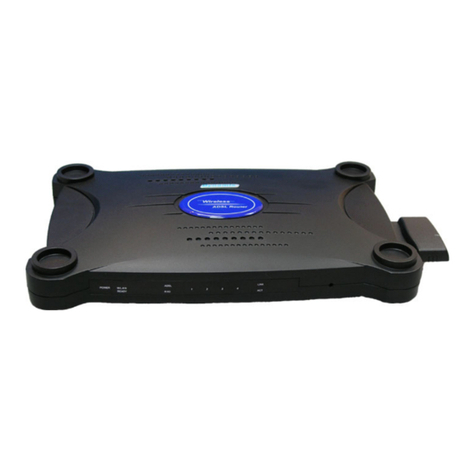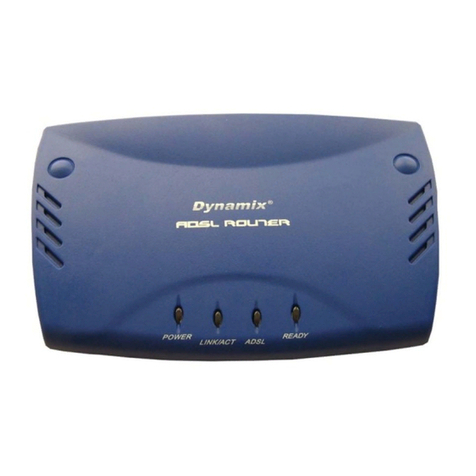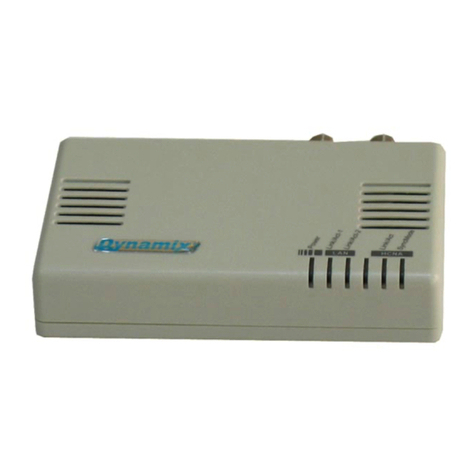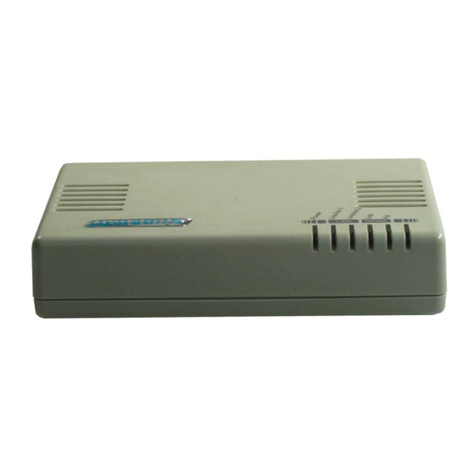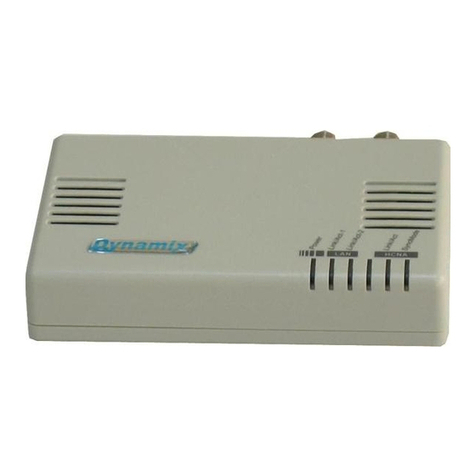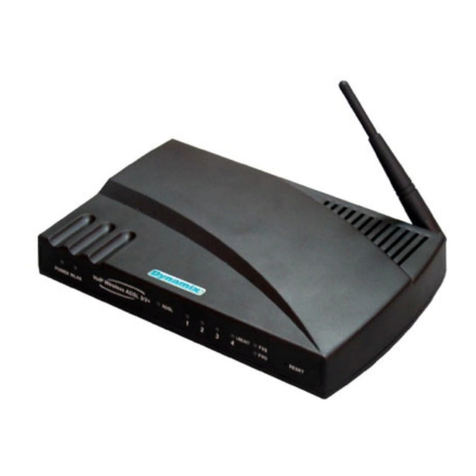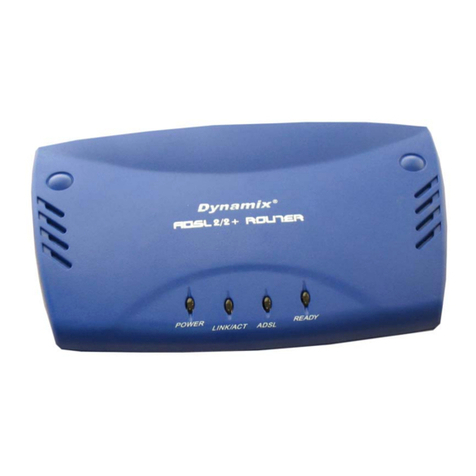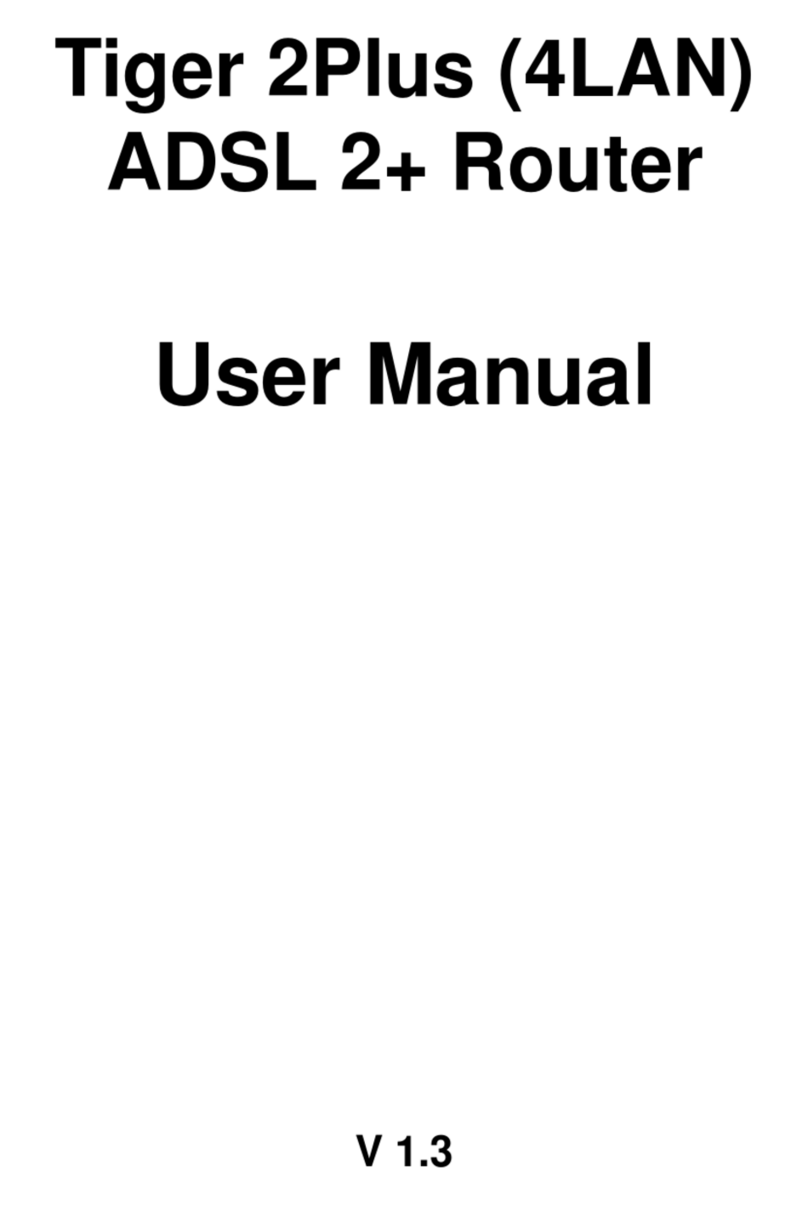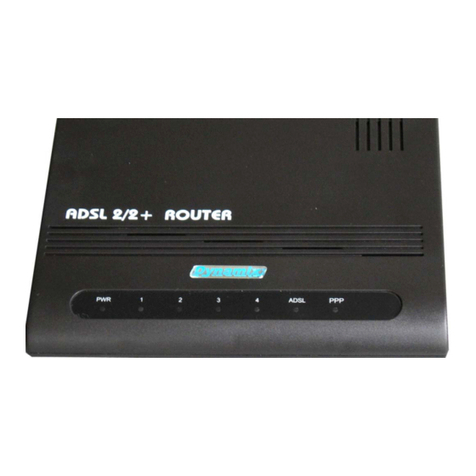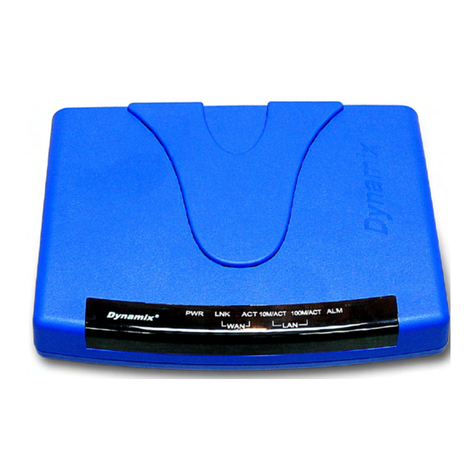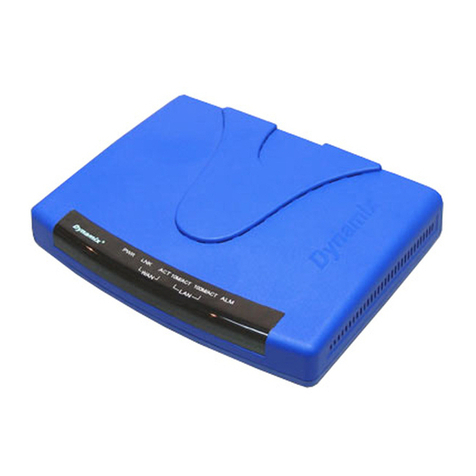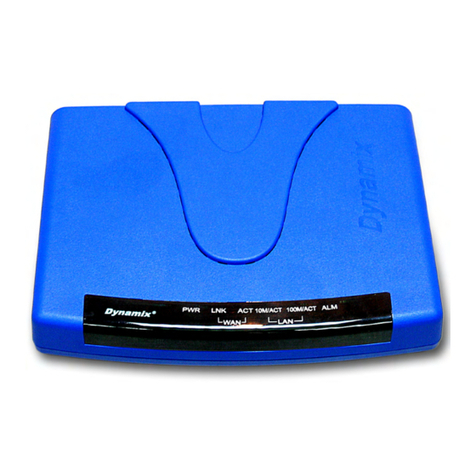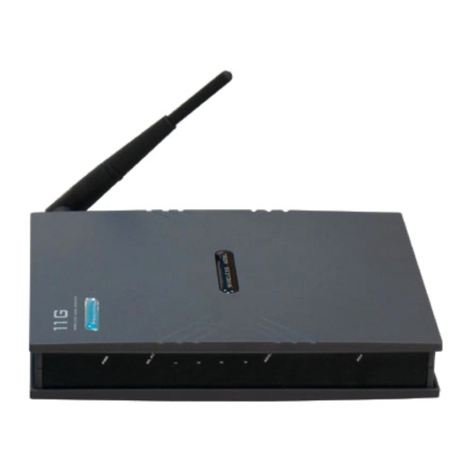Ethernet ADSL Router P 4
4.4.2 ADVANCE: Configuration -- LAN............................................................................. 72
4.4.3 ADVANCE: Configuration -- PPP............................................................................. 76
4.4.3.1 PPP Configuration................................................................................................ 77
4.4.3.2 PPP Status Table.................................................................................................. 79
4.4.3.3 PPPAccount Configuration .................................................................................. 80
4.4.3.4 PPP Disconnect Timer Configuration.................................................................... 82
4.4.3.5 PPP Miscellaneous Configuration......................................................................... 86
4.4.3.6 PPP Q&A.............................................................................................................. 87
4.4.4 ADVANCE: Configuration -- NAT............................................................................. 88
4.4.5 ADVANCE: Configuration -- DNS............................................................................. 91
4.4.6 ADVANCE: Configuration -- ADSL........................................................................... 93
4.4.7 ADVANCE: Configuration -- SNMP.......................................................................... 95
4.5 ADVANCE: Status....................................................................................................... 97
4.5.1 ADVANCE: Status – Main Information..................................................................... 98
4.5.2 ADVANCE: Status – PPP Status............................................................................ 101
4.5.3 ADVANCE: Status – ADSL Status.......................................................................... 103
4.5.4 ADVANCE: Status – WAN Status........................................................................... 106
4.5.5 ADVANCE: Status – ATM Status............................................................................ 107
4.5.6 ADVANCE: Status – Learned MAC Table .............................................................. 108
4.6 ADVANCE: System Management............................................................................. 109
4.6.1 ADVANCE: System Management – All Status ........................................................110
4.6.2 ADVANCE: System Management – Diagnostic Test...............................................114
4.6.3 ADVANCE: System Management – System Log....................................................118
4.6.4 ADVANCE: System Management – Reset to Default ............................................ 120
4.6.5 ADVANCE: System Management – Code Image Update...................................... 121
4.6.6 ADVANCE: System Management – Admin Password ........................................... 122
4.6.7 ADVANCE: System Management – User Password.............................................. 123
4.7 ADVANCE: Specific Feature..................................................................................... 124
4.7.1 ADVANCE: Specific Feature – Virtual Server ........................................................ 125
4.7.2 ADVANCE: Specific Feature – Bridge Filtering...................................................... 127
4.7.3 ADVANCE: Specific Feature – Misc Configuration ................................................ 129
4.7.4 ADVANCE: Specific Feature – Route Table........................................................... 132
4.7.4.1 System Default Gateway Configuration.............................................................. 134
4.7.4.2 Route Configuration............................................................................................ 135
4.7.5 ADVANCE: Specific Feature – RIP Configuration.................................................. 136
4.7.5.1 RIP Per Interface Configuration.......................................................................... 139
